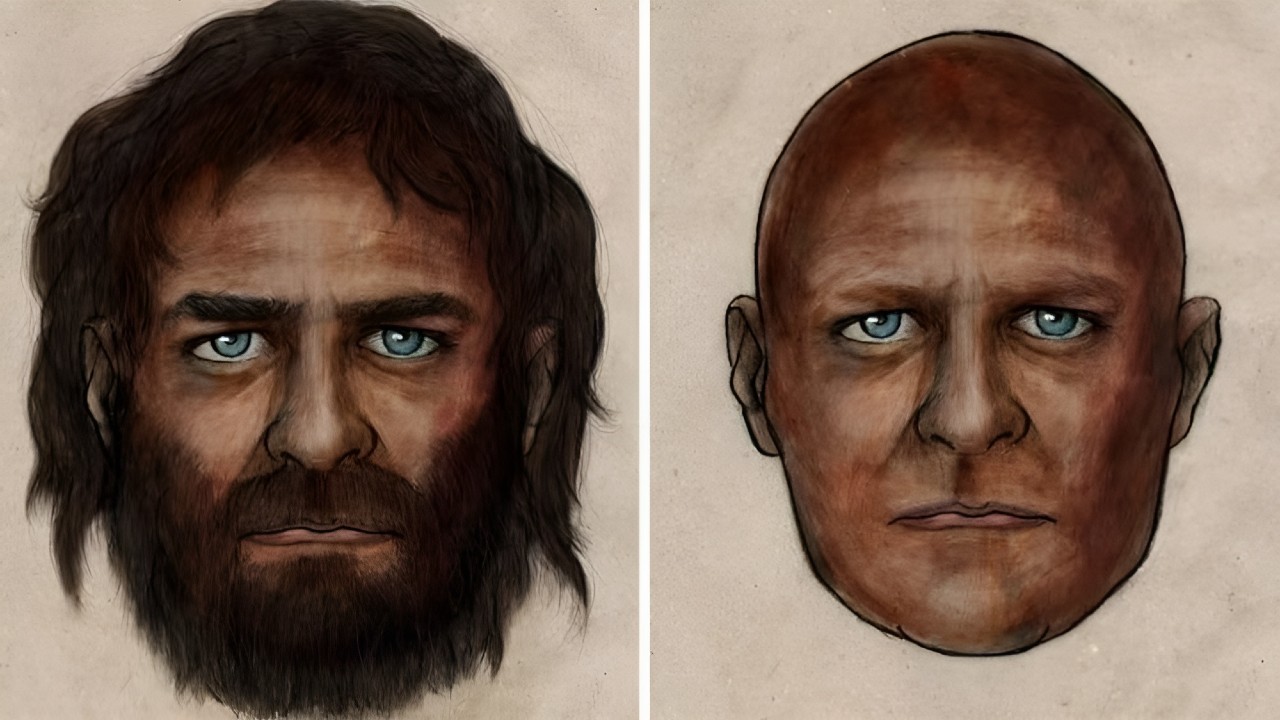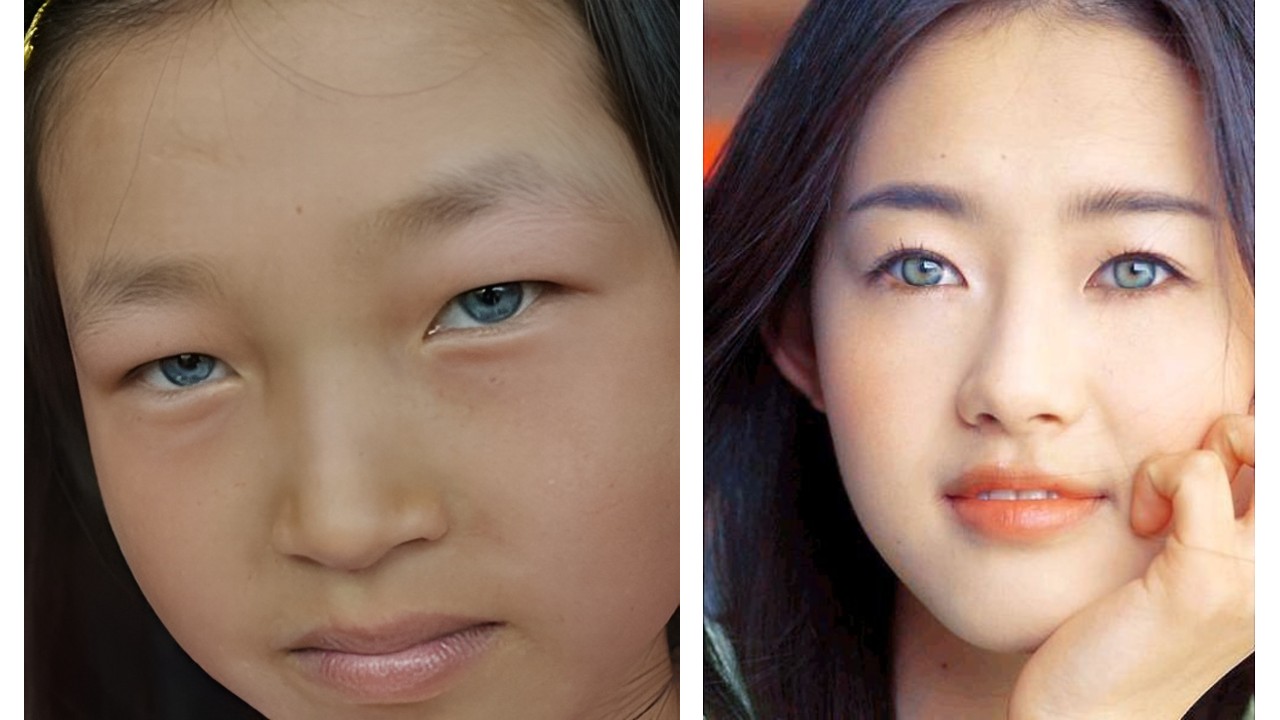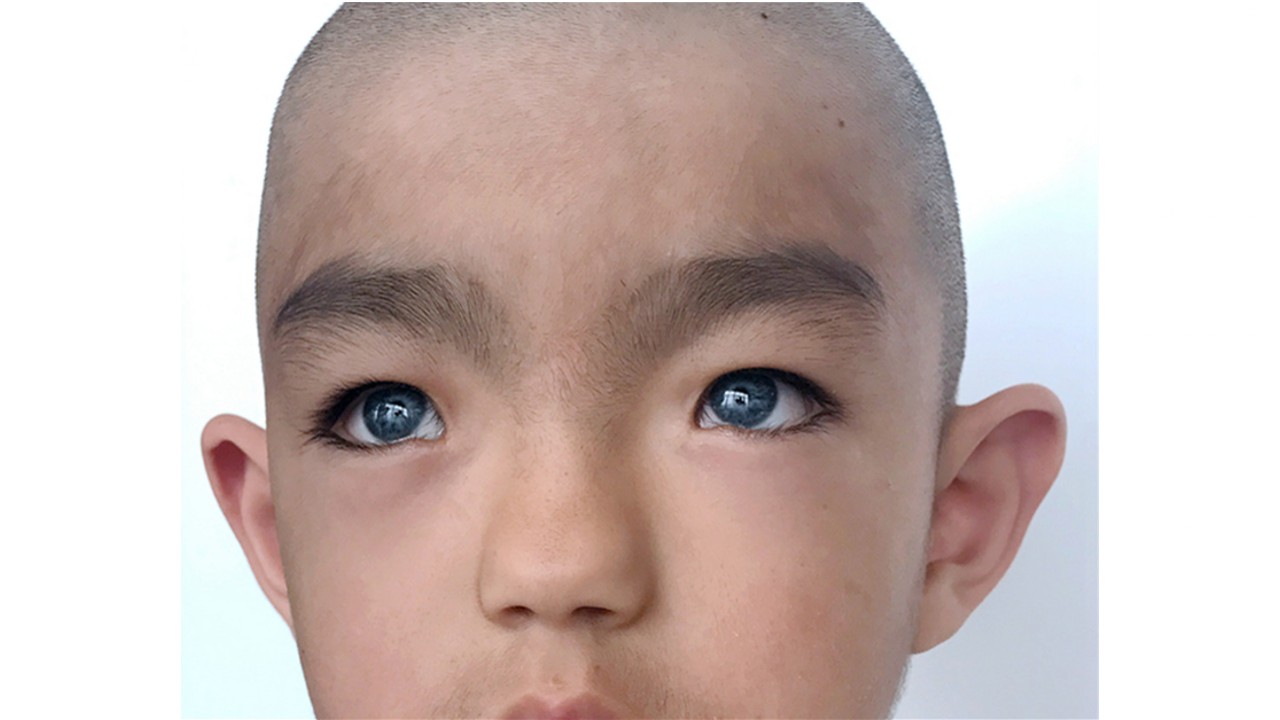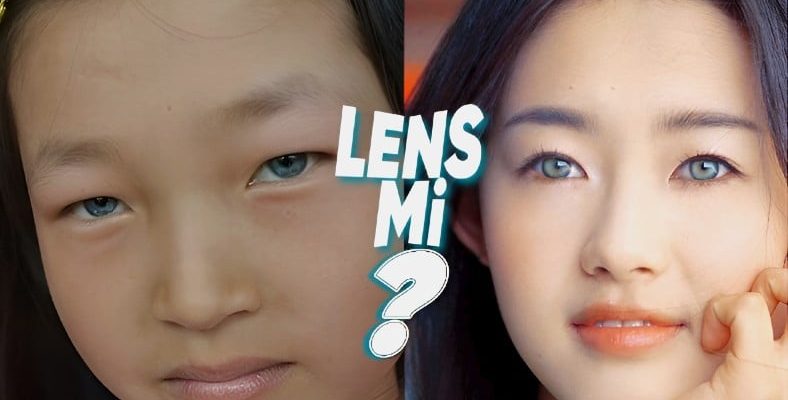Have you ever seen an Asian with blue eyes? Even if you saw it, you probably found it strange and thought it was a lens. Seriously, why aren’t there any Asians with blue eyes?
Brown is the most common eye color in the world. For example, for blue eyes German origin We are used to seeing it in people, but we can also encounter it in Turks, albeit to a lesser extent.
What about Asians? Why are there almost no blue-eyed Asians?
First, let’s look at how blue eyes appear.
Eye color distribution on Earth
Eye color; It is determined depending on genetics and the presence of the pigment called melanin, which is the main factor affecting eye color. Blue eye color is low amount of melanin It occurs when light is dispersed as it falls on the surface of the eye.
Eye color generally depends on two types of melanin pigment: eumelanin (brown-black pigment) and pheomelanin (red-yellow pigment). Blue eye color is mostly seen when the amount of eumelanin is low.
The color in blue eyes is controlled by the colored part inside the eye called the iris. Iris, have pigment cells that determine various colors and if there is too little eumelanin on it, the light is scattered as it passes through the eye, causing the blue color.
Scientists think the traditional blue-eyed “allele” had a single origin in Europe between 6,000 and 10,000 years ago.

First of all, let’s explain what an “allele” is: In genes that encode the same characteristic feature but cause different features to emerge because they carry different codes Each gene is an allele.
Because the traditional blue-eyed allele is a recessive gene, every blue-eyed person is likely to have European ancestors on both sides of their family. This ancestor may have been very distant, hundreds of generations ago. Hmong people and natives of Zhelaizhai village in China hundreds of years ago Because of the European influx For example, blue eyes became more common.
So, we cannot actually say that Asians do not have blue eyes.

The traditional blue eye allele is found in the Asian population; It is rare due to geographical and ethnic factors, genetic diversity and mutations. Still, there are many Asians with blue eye color. Looking at general statistics 1% of China’s population has blue eyes occurs, but researchers say it’s probably less than 1%.
Also, even though Asians have the allele, their eyes may not be blue.

The traditional blue eye allele in Europeans may lead to slightly lighter brown eyes in Asians. Having the traditional allele may not be enough to create blue eye color. Interaction with more than one gene is required. If they have the traditional allele but none of the variant genes, the eyes slightly lighter brown It can happen. In other words, they can carry the blue-eyed allele and not have blue eyes.
To summarize, having European ancestry increases the chance of having both the traditional allele and the genes that produce blue eyes. Blue eyes in Asians, may still be the result of their European ancestry.
Various syndromes can also cause blue eyes in Asians.

Rare mutations specific to Asia can lead to lighter colored eyes. For example, the bright blue eyes seen in the Buton people of Indonesia are caused by “Waardenburg syndrome” A genetic condition called
Our other content that may interest you:
RELATED NEWS
In fact, no one has “charcoal eyes”: So why can’t people have black eyes when they can have a variety of eye colors?
RELATED NEWS
8 Interesting Facts About Blue Eye Color That You’ll Be Surprised to Hear: Is It Actually a Mutation?
RELATED NEWS
Science Researched This Too: Why Do Asians Look Cuter Than Other People?
RELATED NEWS
The Concept That Explains Why We Like the Japanese, Koreans and Chinese to Each Other: The Cross-Racial Effect
RELATED NEWS
